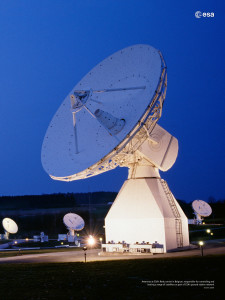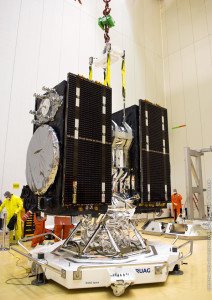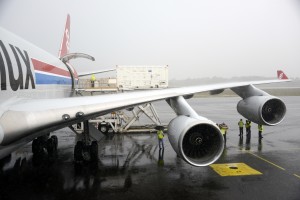
Galileos 11 and 12 were launched together on a Soyuz rocket from Europe’s Spaceport in French Guiana on 17 December. The satellites’ navigation payloads were submitted to a gamut of tests, centred on ESA’s Redu centre in Belgium, which possesses a 20 m-diameter antenna to analyse the satellites’ signals in great detail.
For users to navigate with metre-level accuracy, Galileo must keep extremely accurate time. Because light travels at a fixed speed, just under 30 cm every billionth of a second, the time it takes for Galileo signals to reach a user’s receiver on the ground can be converted into distance. All the receiver has to do is multiply the travel time by the speed of light, pinpointing its location from at least four satellites. Read more…


